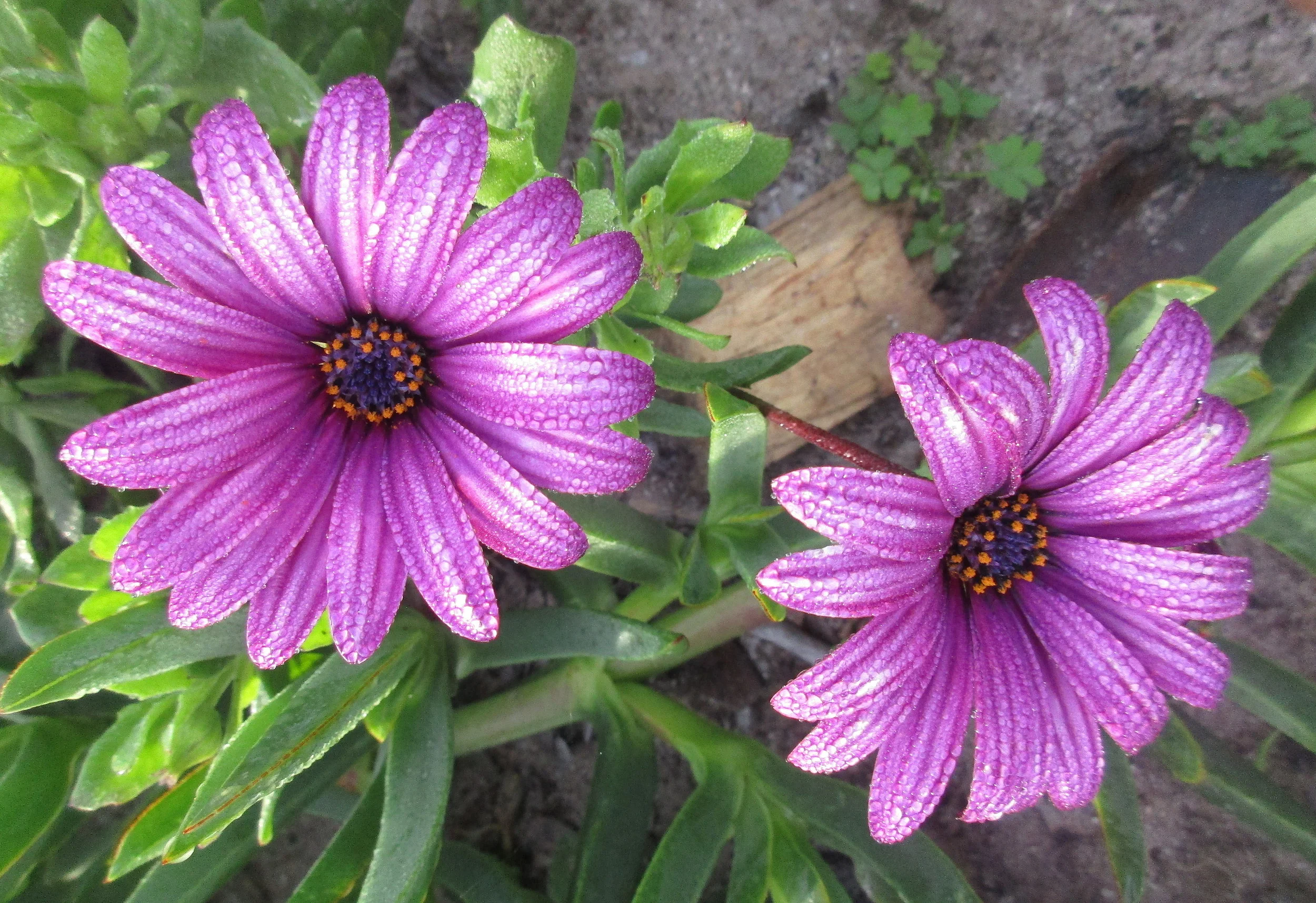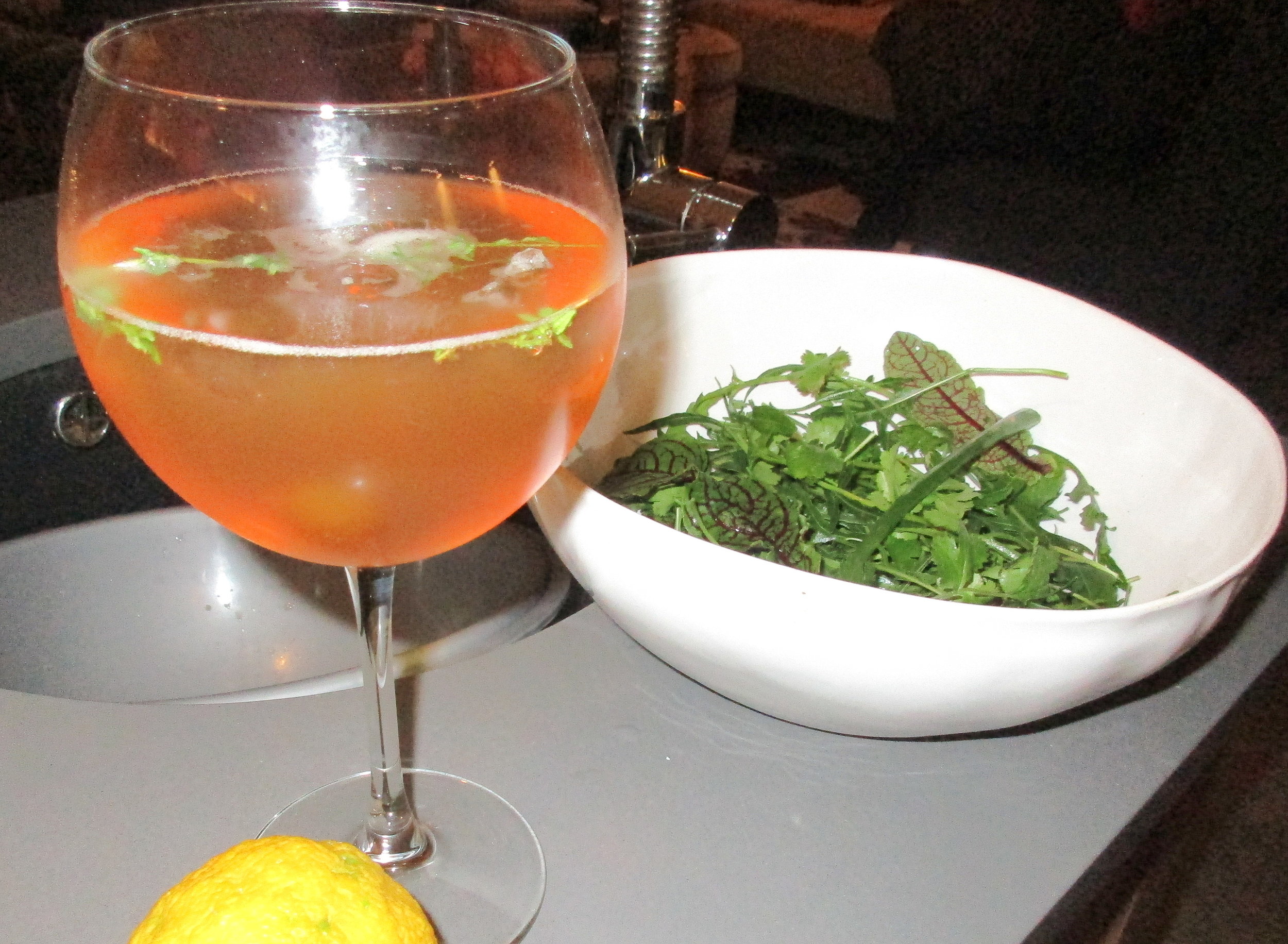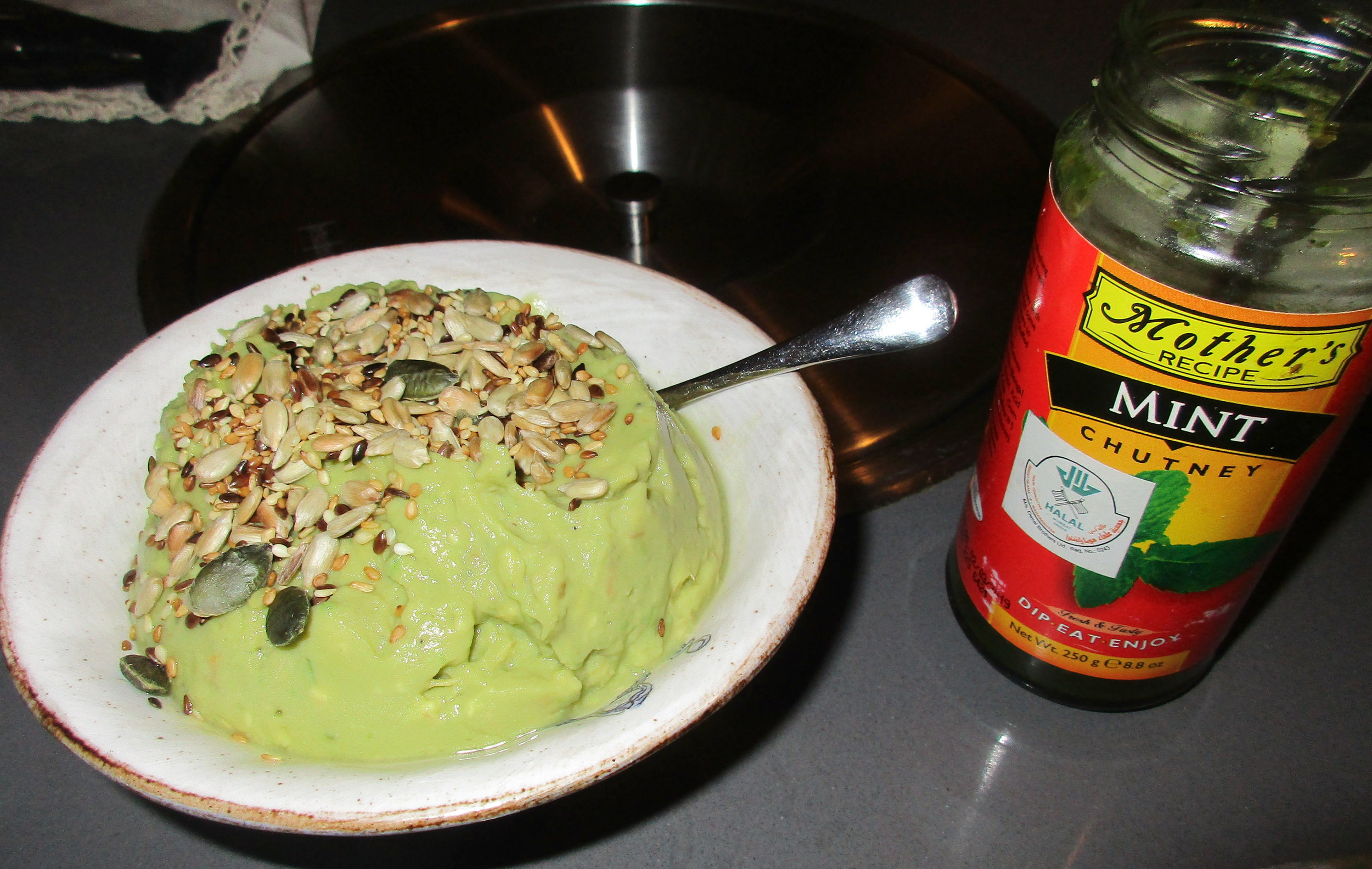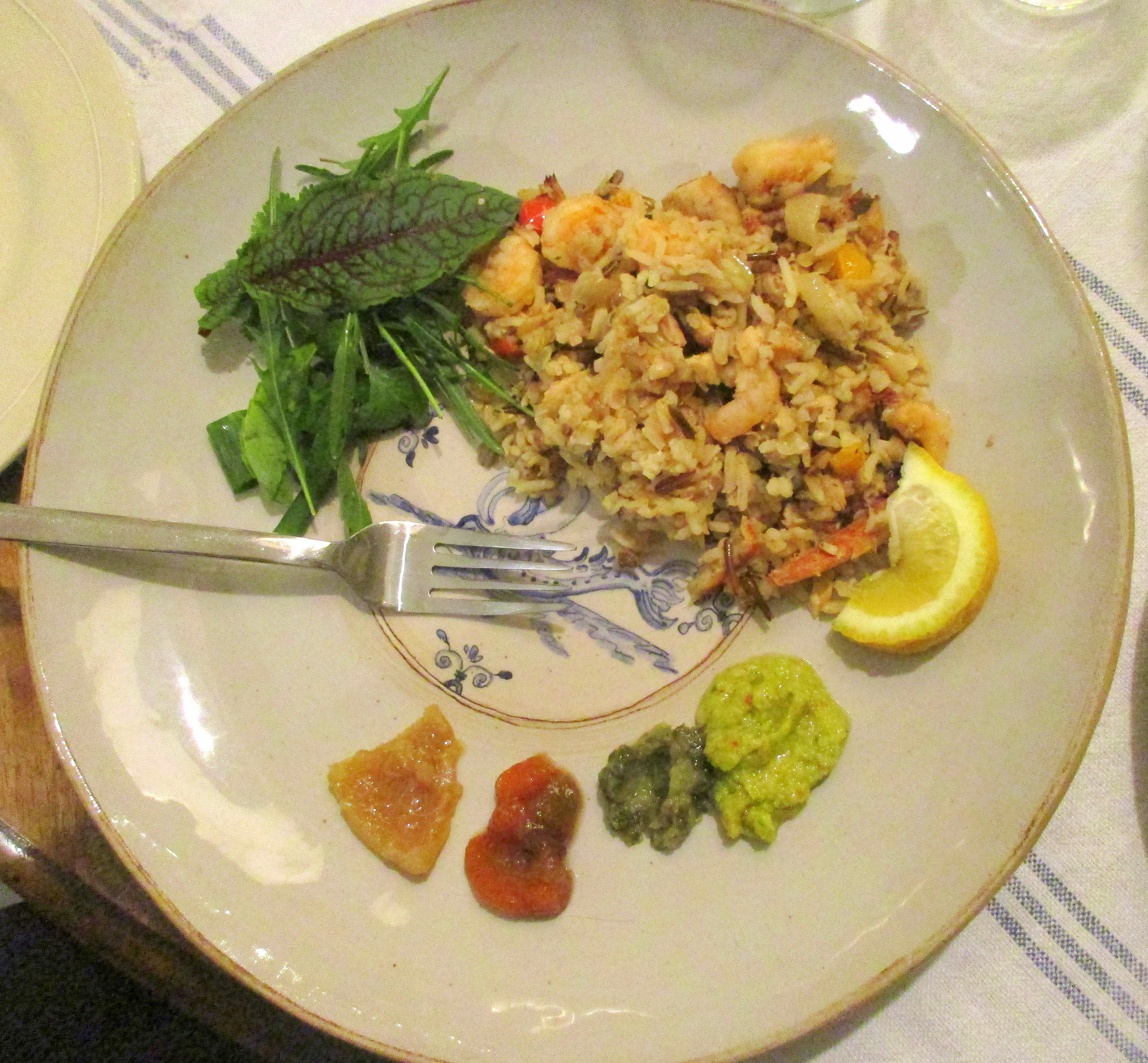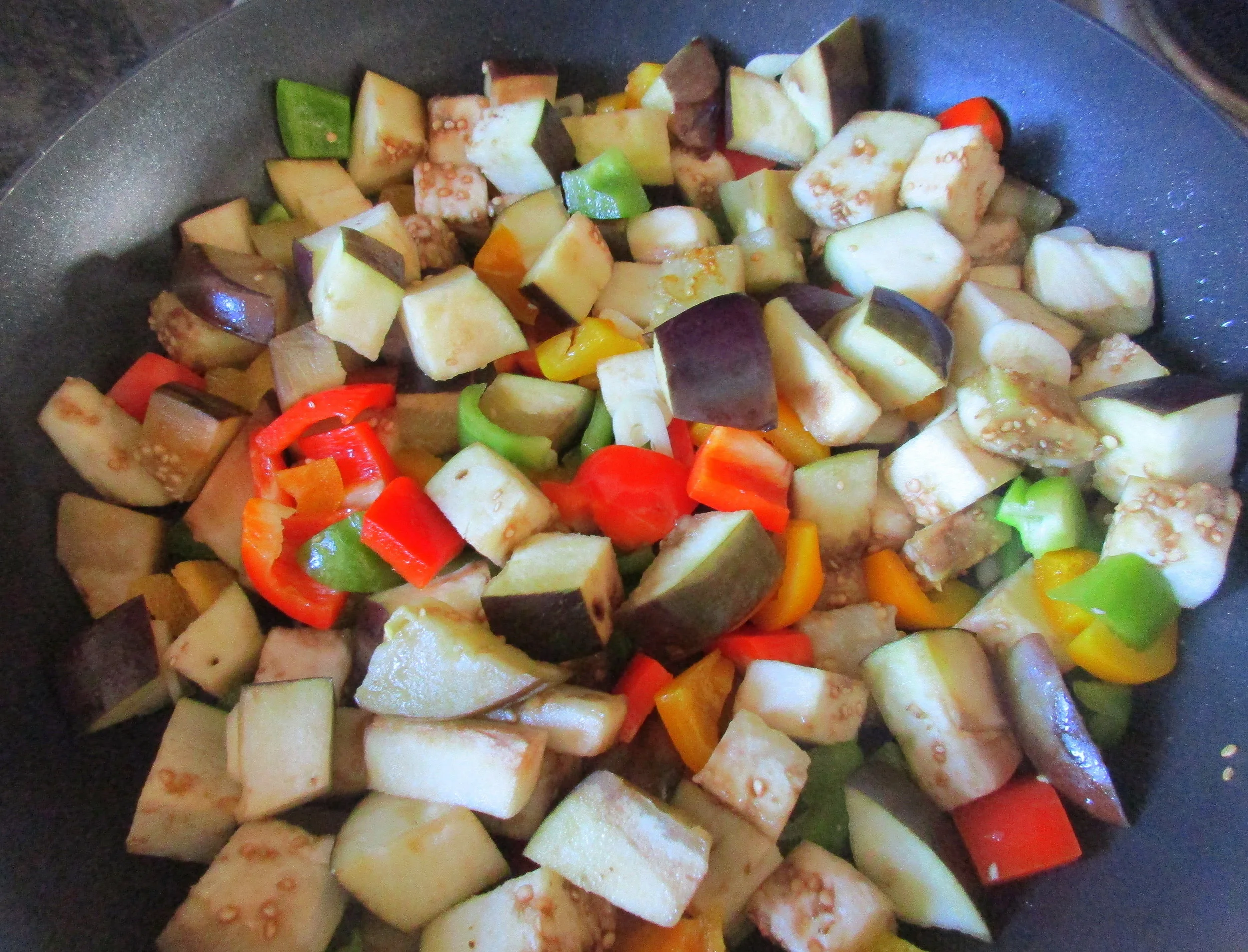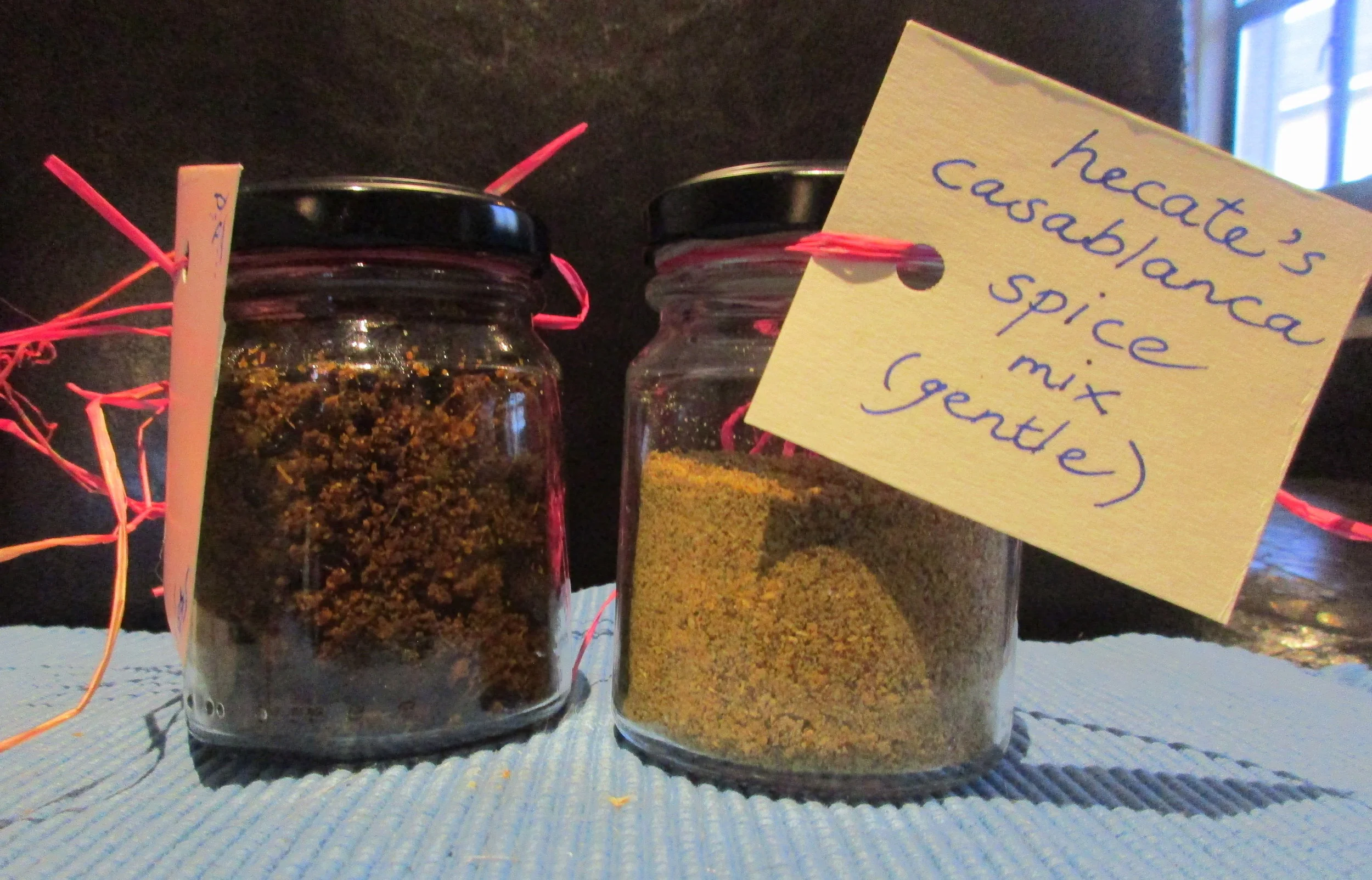Dear Louise,
Two days ago you wrote: “Do you have any tips for dealing with a climate change-induced existential meltdown? (Meltdown – ha!) I'm having a particularly hard time at the moment, and I'm walking around with a knot in my stomach. I am mostly able to keep the fear at bay, which requires quite a bit of avoiding the news. Everything feels like rearranging the deckchairs on the Titanic. I've almost reached a point where I might start praying. No idea to what.”
With your permission, I’m corralling some of the answers (suggestions) I gave you into this blog. Especially as when I logged on to social media later, I found the same lament everywhere: people almost breathless with grief at the unfolding apocalypse we have called down on our own heads, that we have allowed our governments to expedite.
Well, I just wrote a book on how to reduce waste (the page proofs are all over the dining-room table) , and rounding up the research on climate change alone (never mind mass extinctions, clear-cutting the Amazon, the horrors we’ve visited on the ocean, the unimaginable scale of the human suffering wrought by climate catastrophes, with worse to come) made me constantly sick with despair and rage and grief. It is NORMAL, if we allow ourselves to look even sideways at the full enormity of how we have despoiled our planetary home, to feel utter despair and terror.
Sure, there are lots of things we can and should be doing as environmental activists and ordinary consumers, but never mind those for the moment: you can get the book in a few weeks’ time. For now, let’s see how we can deal with this day-to-day anguish. Is it possible to be happy on a planet we’re in the process of murdering? And, given the behemoths of stupidity and greed driving our nations, industries and economic systems, is there anything individuals can do to help heal this critically wounded planet?
First, see what I say about those deckchairs on the Titanic — a long and rather clumsy metaphor about lashing them together to make life-rafts. A writer in a group that makes washable menstrual pads put it far more simply: “If we’re all going down, let’s at least do so holding hands.”
Personally, what biographer Lyndall Gordon calls “domestic feminism” has been the saving of me. I garden and cook, knit and sew. I feel a bit better with earth under my fingernails, my socks darned, a fridge full of soup made with home-grown veg. The interesting thing is that this overlaps with two things we can do to heal the planet: plant trees and make soil. Look what just happened in Ethiopia — 350 million trees planted! Before that, it was India, and China is coming to the party as well. So here’s what to do when the planetary blues bite. The best thing is that these are mostly things anyone can do.
1) Grow something. If you have the tiniest scrap of earth, make a garden, no matter how small. Put planters on your balcony, pot plants on your windowsill. If you’re frail, consider a keyhole garden.
2) Grow your own veg.
3) Grow indigenous. Making a garden should NEVER involve tearing out indigenous plants and replacing with exotics or aliens.* (It should be illegal to do this.)
4) Grow spekboom (Portulacaria afra). These succulent shrubs are easy to propagate (cut off shoots/branches and stick in the soil), water-wise, and absorb four times more carbon than most plants. Plus you can eat the leaves in salads and stir-fries.
5) Plant to attract insects and birdlife. Make a bee-friendly garden.
This art is by Louis Masai, of the #SaveOurBees campaign. Source of image here.
6) Lose the lawn.
7) Protect trees (these are literally carbon-storage units).
8) Regenerate soil: compost, compost, compost, and mulch, mulch, mulch.
9) Cover the soil with loving layers of leaf and bark mulch, or even gravel if you must, but never put anything impermeable (concrete, tarmac, tiling) over it. Water needs to be able to soak into it.
10) Investigate eco-friendly gardening practices: there are even green ways to weed (by hand, or using “crop and drop” methods to make green manures). I don’t have to tell you NO POISONS EVER, right?
No garden or soil? Live in a block of flats or council housing?
Find the nearest green space, even if it’s waste land. Investigate who is responsible for its maintenance (local council? private owners?) and offer to help them clean it up and make it safe and user-friendly. Adopt a park and join a litter-clearing group (if you can’t find one, start one). Track down tree planting and community veg garden projects, and volunteer. Go on park runs and alien clearing hikes (it’s been calculated that if alien plants were cleared from Western Cape catchment areas, we’d have an extra two months’ water supply each year).
Projects like these are not only good for your mental and physical health: they are vital airbags against the blows of climate disruption, especially for less plushy neighbourhoods. Leonie Joubert explains all this here, but in a nutshell, green buffer zones (wetlands, green belts, indigenous plantings, forests, savannahs, rivers, lagoons and more) protect our homes, property and infrastructure from flood and fire. I’m sure many of the citizens of Beira (or what’s left of it after this year’s cyclones) can testify to the impact of deforestation on their region’s capacity to weather violent storms. (See 7 above.)
So find a “Friends of X River/Wetland/Botanical Garden” nearby and sign up.
Fight developers. Go help these people (the Philippi Horticultural Area activists), they’re heroes.
Inhabit wild spaces. In South Africa, we have a massive crime problem, including in our most beautiful nature zones. One solution is to reclaim these spaces in large numbers. Thugs aren’t likely to wade into big groups of hikers or walkers. Claim your green. Organise group walks and picnics in beauty spots.
Get stuck in. If you do all or some or even a few of things above, I PROMISE you will feel better. Consider this Dr Moffett’s prescription.
Oh, and your question about prayer? As a dissident Catholic, here’s something of a mantra of mine: “Activism: being the answer to your own prayers.”
* I will never recover from witnessing my former landpersons ripping out an established fynbos garden (including rare species of pincushions) and mature (endangered) silver trees to replace with LAWN and European-style flower beds. Which were watered with sprinklers from the borehole (remember that groundwater is a precious COMMON resource) that ran from 9am until 4pm each day during the third summer of the worst drought the Cape had experienced in a century. Away with the visiting wood owl and harrier hawk, the black-shouldered kite that lived in the bottom of the garden, the hundreds of white-eyes, sunbirds, olive thrushes and robin-chats that made the garden throb with life and song. I’d still like to see the “landscape architect” who executed this (yes, the verb is deliberate) put in the stocks.


